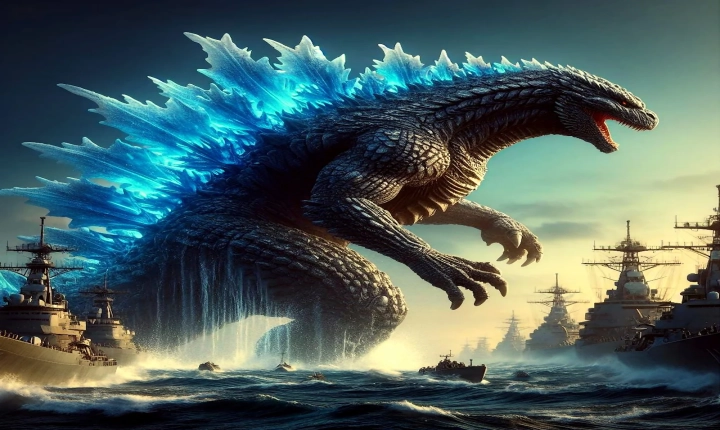Title: The Future of Visual Arts: How to Make an AI-Generated Music Video
In recent years, artificial intelligence has made significant strides in the field of creative arts, including music and video production. With the help of AI technology, it is now possible to create stunning and captivating music videos entirely generated by machines. This breakthrough has opened up new possibilities for artists and filmmakers, allowing them to explore unprecedented levels of creativity and innovation. In this article, we will delve into the steps involved in making an AI-generated music video and the tools and techniques required to bring this futuristic vision to life.
Step 1: Conceptualizing the Vision
The first step in creating an AI-generated music video is to conceptualize the vision behind the project. Whether it’s a narrative-driven story or a visually captivating exploration of abstract concepts, it’s important to have a clear vision of what the video will convey. This will serve as the foundation for the subsequent stages of production.
Step 2: Generating the Music
The core of an AI-generated music video is, of course, the music itself. AI technology can be used to generate original compositions or remix existing tracks to fit the theme of the video. Platforms like Amper Music and AIVA are great tools for creating AI-generated music that can be tailored to specific moods, genres, or styles.
Step 3: Creating the Visuals
Once the music is in place, it’s time to create the visual elements of the video. AI-powered tools like Runway ML and Deep Dream Generator can be used to generate mesmerizing visual effects, animations, and even entire scenes based on the music’s rhythm and mood. These tools can transform audio data into stunning visual representations, providing a unique and immersive experience for the viewer.
Step 4: Editing and Post-Production
After generating the music and visuals, the next step is to edit and refine the elements to ensure a cohesive and polished final product. Video editing software such as Adobe Premiere Pro or Final Cut Pro can be used to arrange the visuals, synchronize them with the music, and add any additional effects or transitions to enhance the overall impact of the video.
Step 5: Iterative Refinement
As with any creative endeavor, making an AI-generated music video is an iterative process. It’s essential to review the video multiple times, gather feedback, and make adjustments to further refine the visual and auditory elements. This iterative refinement is crucial in ensuring that the final music video fully realizes the initial vision.
Step 6: Release and Promotion
Once the AI-generated music video is complete, it’s time to release it to the world. Utilize online platforms such as YouTube, Vimeo, and social media to showcase the video and build an audience. Engaging with viewers and promoting the video through various channels will help to maximize its exposure and impact.
In conclusion, the creation of AI-generated music videos represents a groundbreaking convergence of technology and artistry. By leveraging the power of AI, artists and filmmakers can explore entirely new realms of creativity, pushing boundaries and redefining the visual arts landscape. With the right tools and techniques, anyone can embark on the journey of making an AI-generated music video, unveiling a world of endless possibilities in the realm of visual storytelling. The future of music videos is here, and it’s being shaped by the boundless potential of artificial intelligence.
